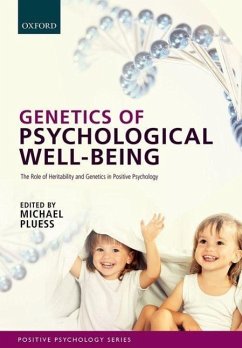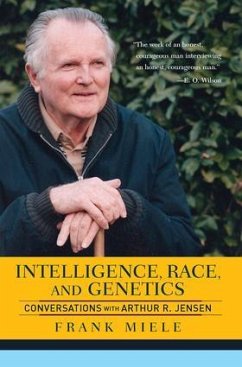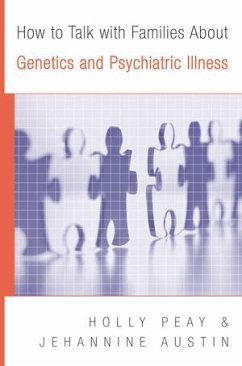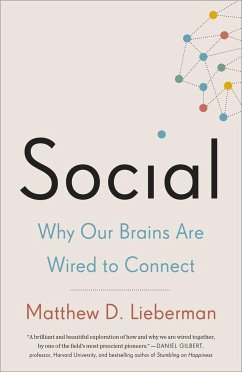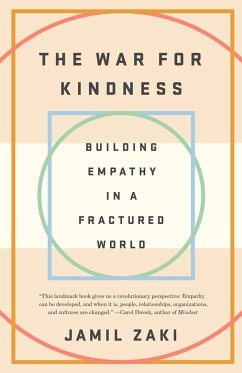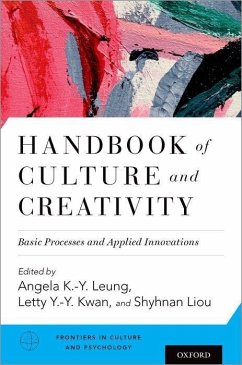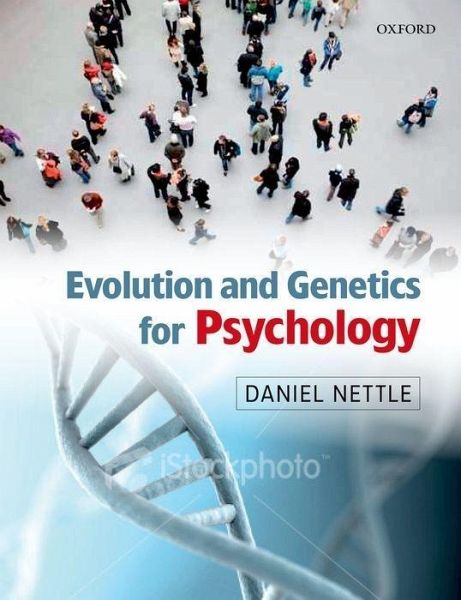
Evolution and Genetics for Psychology
Versandkostenfrei!
Versandfertig in über 4 Wochen
63,99 €
inkl. MwSt.

PAYBACK Punkte
32 °P sammeln!
Evolution and Genetics for Psychology lays out the conceptual toolkit one needs in order to think in evolutionary terms - and to apply this thinking to any subject. With the toolkit firmly in place, it goes on to show how these key concepts are applied to issues of human behaviour, from sex to social relationships, to learning.



